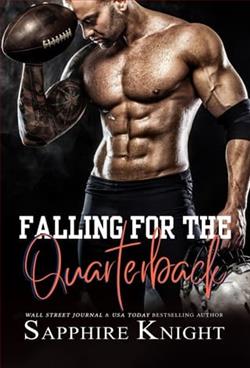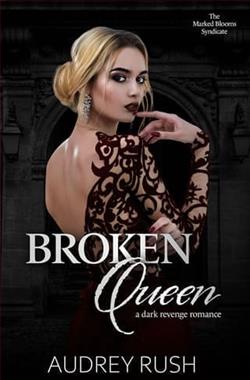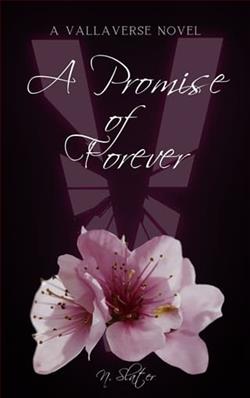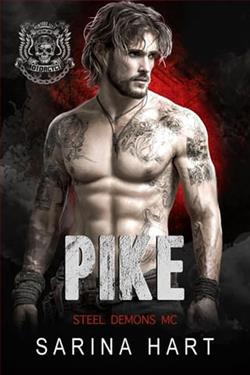Page 82 of Silent Bones
The morgue wasn’t buzzinglike it usually was. No hum of idle conversation. Just the quiet buzz of overhead fluorescents and the low whir of a ventilator fan somewhere behind the wall. Noah stepped through the swinging double doors with McKenzie a half-step behind him.
The air smelled like bleach, cold steel, and burnt coffee. A single desk lamp lit up the workstation, casting a warm cone over the microscope, evidence bags, and a tray of swab kits.
Addie stood in the middle of it all, sleeves rolled up, dark hair knotted back, goggles perched on her head like a crown. She didn’t look up.
“You’re late,” she said, voice clipped, eyes still locked on the eyepiece. “I’ve been dying to ruin your day.”
Noah gave a dry chuckle and stepped closer. “We figured that was your love language.”
McKenzie set his hands on his hips. “Please tell me it was a bear. Or a cougar. At least then we could put this all behind us.”
Addie raised her head slowly and pushed the goggles up. Her expression was unreadable, the kind she used when she needed them to stop joking and start paying attention.
“Langley’s lab sent their report this morning. Everything I saw in the prelims is now official. It’s a combination of synthetic fibers and costume glue. There is no organic trace. This wasn’t nature. It was theater,” she said, reaching for a bag marked with red tape: SITE 64 – FIBERS SAMPLE.
She pulled out a clear slide and fit it under the microscope camera, flipping the adjacent monitor on. The image that filled the screen looked like a shimmering tapestry. There were threadlike structures under the UV, each strand glowing faint blue.
“No dermal sheath,” she said. “No root, no follicle. Which means no DNA. These aren’t animal hairs. Hell, they’re not hairs at all. It’s good that we got confirmation on that.”
McKenzie squinted. “What are we looking at?”
“Polyester.” She clicked to the next slide. “Synthetic fibers. Costume-grade. Heat-sealed ends. Adhesive residue along the base. Industrial glue. These were planted.”
Noah crossed his arms. “Planted… where?”
She pointed to a chart clipped to the corkboard behind her. “One set embedded in the victim’s sweatshirt collar. One pressedinto the ripped tent fabric. Third set scattered along the brush line near the claw marks.”
McKenzie let out a low whistle. “So it was staged.”
Addie nodded. “Meticulously. Whoever did this wanted it to read like an animal attack. And not just any animal. Something large. Unnatural.”
Noah’s eyes drifted to the fur sample under the microscope. “Sasquatch.”
“Bingo,” Addie muttered. “But this isn’t cryptid evidence. It’s craft store sleight of hand.”
McKenzie shook his head. “The DEC guys had us thinking this was some freak bear hybrid. Local press ran with it. The podcaster’s already printed merch.”
Addie turned back to her workstation and pulled up a new screen. “Let me show you the kicker.”
She displayed a set of photos: tent flaps slashed at diagonal angles, gear shredded but strangely spaced. Overlays flickered across a screen showing ruler markings, digital striations, toolmark analysis.
“The claw marks? I ran striation mapping against both known mammalian bite patterns and synthetic tool profiles. The spacing’s too clean. Uniform down to the millimeter.”
Noah stepped closer. “Metal?”
“Exactly. These weren’t made by paws or claws. They were carved with something like a roofing hook or landscaping tool.”
She clicked to another set of overlays, layering them with photos from actual bear attack cases. The contrast was stark. The real attacks were chaotic, jagged, and messy. This was choreography.
McKenzie muttered, “This isn’t a crime scene. It’s a set piece.”
Addie glanced back, eyes tired. “Someone storyboarded this.”
A silence settled over the room like dust. Noah shifted his weight, throat dry.
“We’ve been chasing shadows,” he said finally. “Chasing a myth.”
Addie nodded once. “That’s what they wanted. Keep everyone looking elsewhere while the truth sat right here under our nose.”















